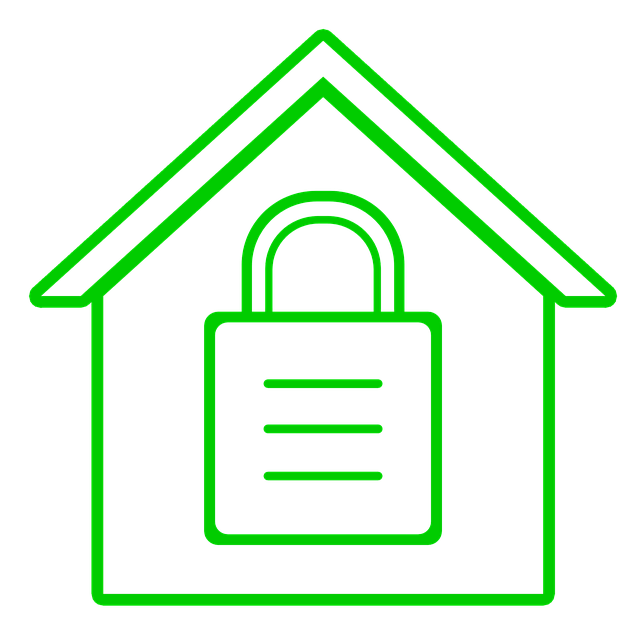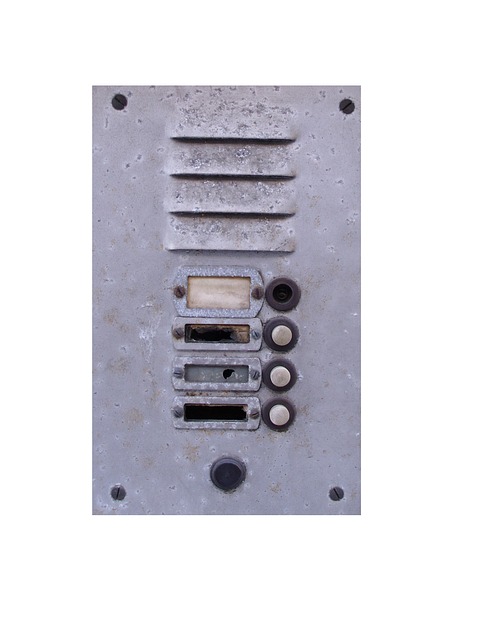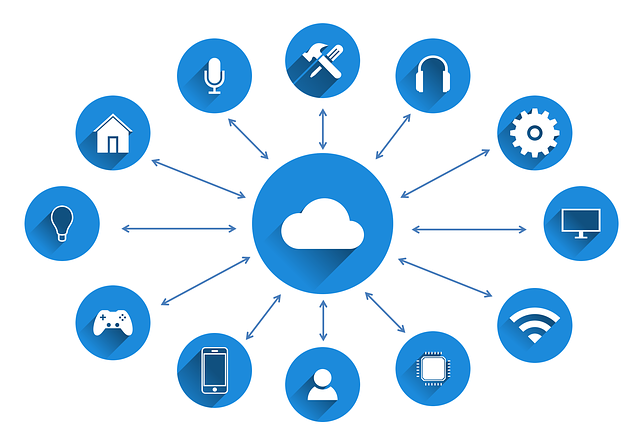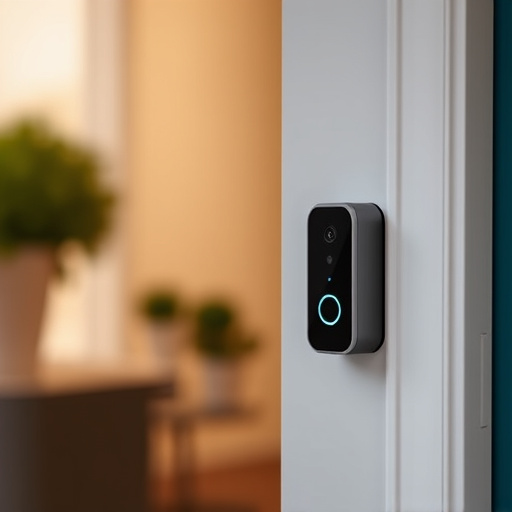Smart home devices offer a comprehensive solution for enhancing home safety technology. Beginners should start with core devices like smart door locks for remote access control and alerts. Pairing these with smart cameras and motion sensors provides layered protection. Advanced features include automated lighting and temperature controls, creating an integrated network for improved security and energy efficiency. Centralized control via a single app, regular firmware updates, and customized settings maximize the benefits of smart home devices, significantly enhancing both security and peace of mind.
Looking to fortify your home’s defenses while enjoying modern convenience? Discover the power of smart home devices and their pivotal role in enhancing your safety. This comprehensive guide dives into the benefits of integrating home safety technology, from basic systems to advanced features. Whether you’re a beginner or looking to upgrade, learn how to set up and effectively use smart devices for unparalleled home protection.
- Understanding Smart Home Devices and Their Role in Safety
- Benefits of Integrating Home Safety Technology
- Setting Up Your Beginner’s Smart Safety System
- Advanced Features for Comprehensive Smart Home Protection
- Tips for Effective Use and Maintenance of Smart Devices for Enhanced Home Safety
Understanding Smart Home Devices and Their Role in Safety

Smart home devices are a collection of interconnected technologies designed to make our lives easier and more comfortable. These range from simple voice assistants like Alexa or Google Home, to complex security systems such as smart cameras, door locks, and alarms. In the context of home safety technology, these devices play a pivotal role in enhancing security measures.
For beginners looking into smart home protection, understanding how these devices work together is key. Using smart devices allows for centralized control over various aspects of your home’s security. For instance, you can monitor your front door from work using a smart lock and camera, ensuring that only authorized individuals enter. This basic setup is just the beginning; advanced systems can include motion sensors, intelligent lighting, and automated responses to emergencies, creating a comprehensive and robust safety net for your living space.
Benefits of Integrating Home Safety Technology

Integrating smart home devices offers numerous advantages when it comes to strengthening your home’s security and peace of mind. This beginners’ guide to smart safety highlights how using smart devices can enhance home safety in significant ways. With just a few simple additions, you can transform your house into an intelligent fortress.
Smart home protection isn’t just about advanced alarms; it encompasses a range of features from motion sensors to automated lighting and voice-controlled cameras. These technologies work together to create layers of security. For instance, smart door locks ensure only authorized entry while providing real-time alerts to your phone. Meanwhile, motion detectors can detect unusual activity, triggering alerts and even initiating automated responses like turning on lights or activating security systems.
Setting Up Your Beginner’s Smart Safety System

Starting your journey into smart home security can seem daunting, but with a few simple steps, you can set up an effective and modern safety system. For beginners, it’s advisable to begin with a few core smart home devices that offer robust protection. A good starting point is investing in smart door locks, which allow you to control access to your home remotely. These innovative devices let you lock and unlock doors from anywhere, receive alerts when someone enters or leaves, and even enable features like keyless entry for convenience and enhanced security.
Complementing your door locks with smart cameras and motion sensors is a wise move. These devices work together to provide comprehensive protection. Smart cameras offer real-time video feeds and alerts when movement is detected, ensuring you’re always aware of what’s happening at home. Motion sensors trigger alarms upon detecting unusual activity, adding an extra layer of security. By integrating these smart home devices, beginners can easily enhance their home safety using just a few well-chosen products.
Advanced Features for Comprehensive Smart Home Protection

Advanced Features for Comprehensive Smart Home Protection offer a layer of security that goes beyond traditional locks and alarms. These smart home devices are designed to monitor and communicate with each other, creating a robust network that enhances your home safety. A beginners guide to smart safety would recommend starting with keyless entry systems and motion sensors. These allow you to control access remotely, receive alerts when someone enters your property, or when unusual activity is detected, ensuring peace of mind even when you’re away.
Using smart devices also means integrating features like automated lighting adjustments based on occupancy and time-based schedules, as well as temperature controls that adapt to your routines. This not only enhances home safety by reducing potential vulnerabilities but also optimizes energy usage, contributing to a smarter, more efficient living environment.
Tips for Effective Use and Maintenance of Smart Devices for Enhanced Home Safety
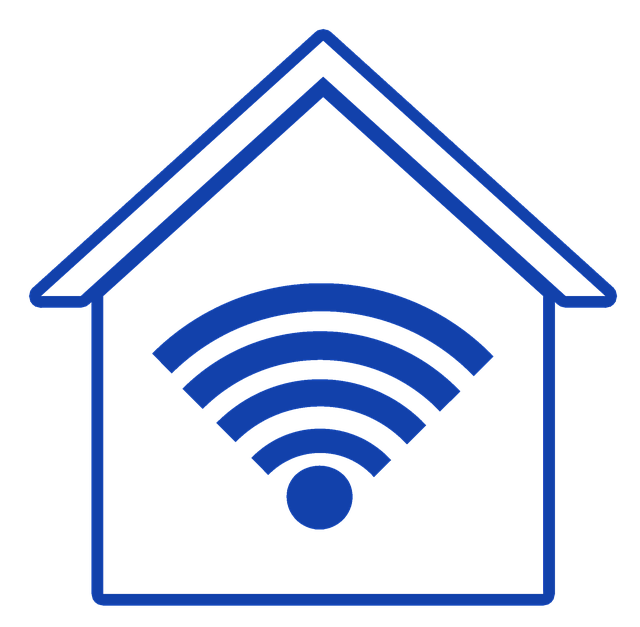
Implementing smart home devices can significantly enhance your home’s security and peace of mind. To make the most of this technology, start by creating a comprehensive network that integrates various components seamlessly. For instance, link your security cameras, door locks, and motion sensors to centralize control via a single app. This ensures easy monitoring and control from anywhere. Regularly update these devices’ firmware to patch security vulnerabilities.
Maintenance is key to keeping your smart home safe. Establish a routine to check device connectivity and battery life. Replace outdated or weak batteries promptly to avoid any system failure during critical moments. Additionally, familiarize yourself with each device’s settings and features, allowing you to customize and optimize their performance according to your needs. Remember that the effective use of smart home devices is an ongoing process that requires awareness and adaptation.
